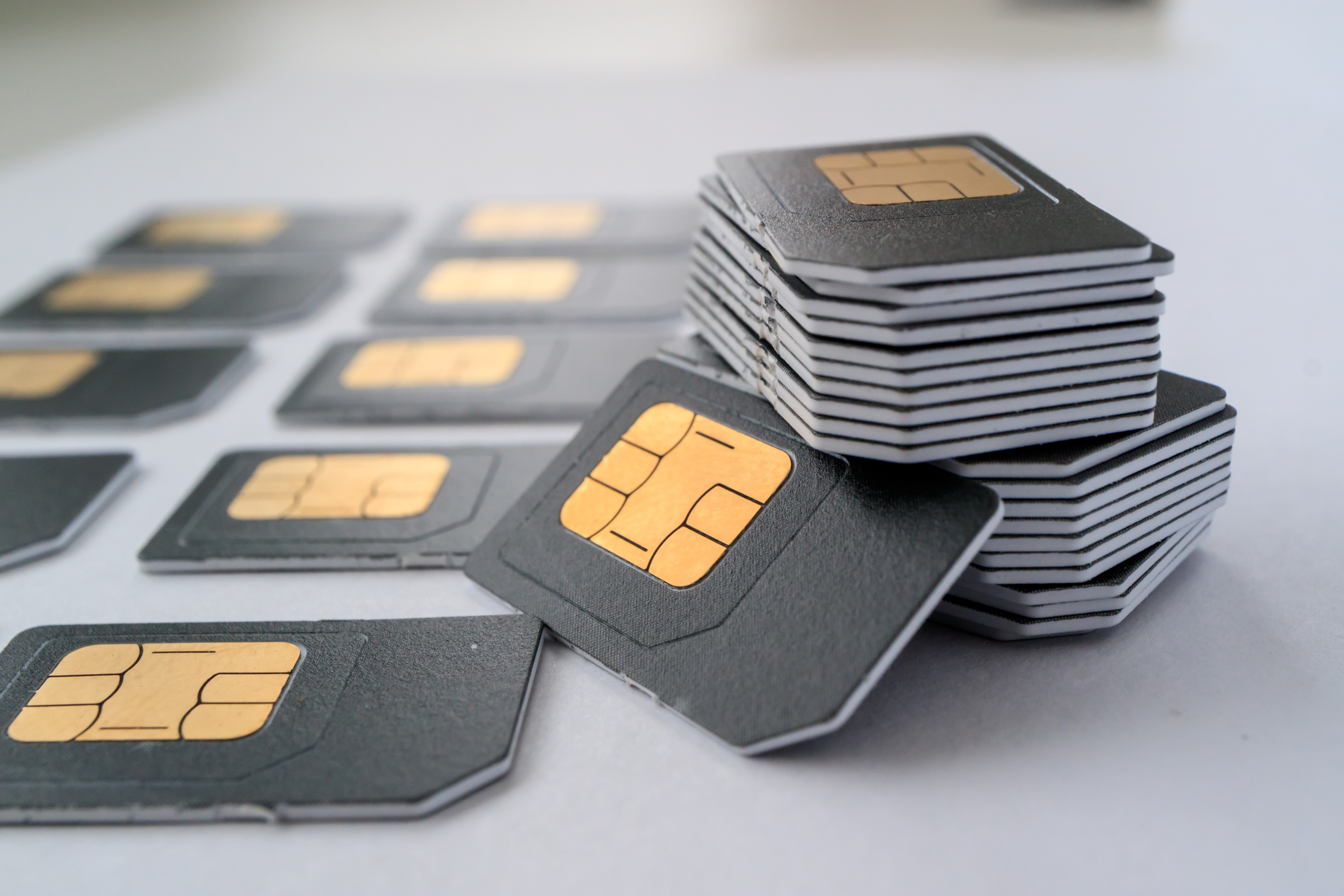Types of SIM Cards
For your Internet of Things (IoT) devices, cellular connectivity is one of the most frequent and reliable communication options. A Subscriber Identity Module, often known as a SIM, is required to connect these devices to a carrier. SIM cards are available in many sizes and types. The type of SIM required will be determined by the goal, purpose, and design of your IoT device. Different versions of SIM cards are available. It all depends on various factors, including size, use, and effective range. As a result, you should know important information to examine before deciding. SIM cards (UICC) are available in 1FF, 2FF, 3FF, and 4FF form factors, embedded SIMs (MFF2 UICC) are available in an MFF2 form factor eSIMs are available in any of the previously mentioned form factors. However, it’s worth noting that current gadgets no longer employ the 1FF form factor.
SIM Card Technologies
SIM Cards (UICC)
UICCs (Universal Integrated Circuit Cards) are teeny-tiny plastic memory chips that slip into gadgets. SIM cards are commonly used to link IoT and non-IoT devices such as phones, computers, tablets, and various other devices.
Chip/Embedded SIMs (MFF2 UICC)
Form Factor Machine-to-Machine Universal Integrated Circuit Cards (MFF2 UICC) work similarly to UICC SIM cards, but the way they’re placed differs. It permanently installs the chip SIM on a device and adds more features. It also protects the chip SIM from corrosion, frequent motion, and other outside influences, extending its life cycle beyond a standard SIM card.
eSIMs (eUICC)
(eUICC) – An Embedded Universal Integrated Circuit Card is a digital version of a regular SIM card. An eSIM can still be found in any UICC or MFF2 UICC SIM card size, embedded or non-embedded, but it is reprogrammable. With Over The Air (OTA) provisioning, eSIMs make switching between mobile providers simple.
SIM card sizes
Here’s a quick rundown of the various SIM card sizes, along with some use case device examples for each.
1FF
For current gadgets, this form factor is no longer in use. It was 85.6mm x 53.98mm x 0.76mm (3.370′′ x 2.125′′ x 0.029′′) in size.
Mini/2FF/Standard
Standard SIM cards are the most significant SIM cards available these days, and they’re usually found in larger devices that prioritize ease of use over space savings. As a result, they’re commonly seen in low-cost phones and other gadgets with bulkier profiles. The Standard SIM card, which has been around since the late 1990s and is around the size of your top thumb joint, is 25mm x 15mm.
Micro/3FF
First introduced in 2003, Micro SIM cards are the second-most popular SIM card size today. Micro SIMs are used in many Android phones, notably Samsung, and are roughly half the size of a Standard SIM at 15mm by 12mm (but use the same-sized circuit). However, in recent years, Micro SIM cards have been phased out favor Nano-SIM cards.
Nano/4FF
The Nano SIM size, which began with the iPhone 5’s tiny SIM card slot, quickly became the standard size for new handsets. The Nano SIM is almost entirely made of a circuit with a minimal plastic bezel, measuring only 12.3mm x 8.9mm and hence suitable for reducing space as new phones become slimmer.
Combi
This SIM contains a microchip inside a standard-sized SIM unit – the size of the SIM can be modified according to the needs. Combi cards are used in most of today’s prepaid and postpaid cards.
MFF2
The MFF2, or chip SIM form factor, is even smaller. Its tiny size of 6mm 5mm 0.9 mm (0.236′′ x 0.196′′ x 0.035′′) permits it to be soldered directly onto a device during production. Perfect for IoT or M2M devices outdoors or on the move, such as fleet car cameras, drones, outside alarms, and more, as we indicated.
There is no difference between Mini, Micro, and Nano-SIM cards other than their physical size. Each may do the same task, but only various sizes to fit into smaller phone models.
However, the type of SIM card you’ll require broadly depends on your phone. There are various techniques to determine the size of your phone’s SIM card, including:
- Consult the user handbook for your phone.
- Check the technical specifications of your phone on the manufacturer’s website.
- Remove the SIM card holder and take measurements.
- Compare it to the SIM card you currently have.
Freeeway is an M2M connectivity service provider that offers Industrial IoT Services to a large customer base.
Most of the time, this means acquiring all three SIM card sizes, as well as perforations for each size, so you can cut it down to the size you require. Put another way; you shouldn’t have to choose a size or even know what size card you need before placing an order.

